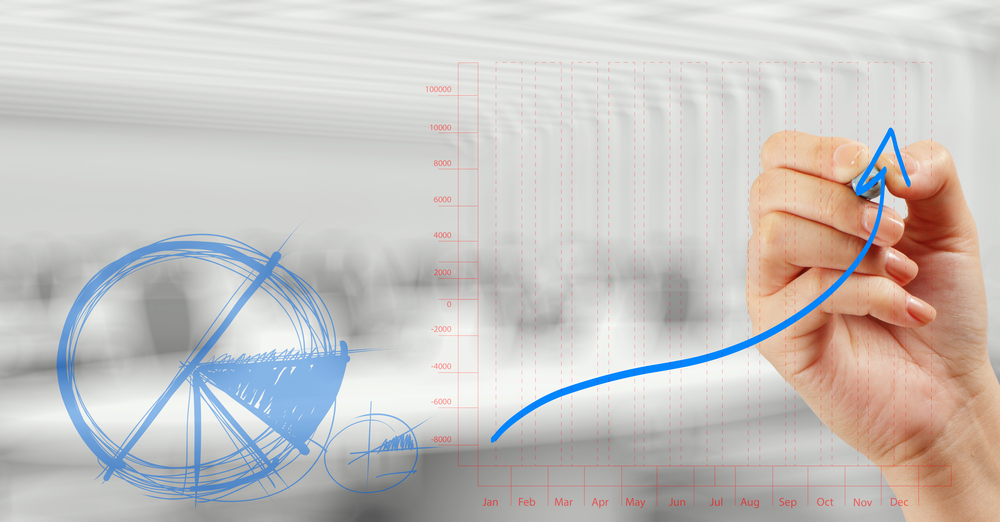
Assess Organizational Change Capability
Change does not begin with a blank slate in any organization. The history of an organization, it’s previous experience with change, its workplace culture, and corporate values will determine how it goes about changing. The task of how to assess organizational change capability involves exploring the organization’s current capacity for change.
An organizational change capability assessment process provides a focused inquiry into the many dimensions of an organization and its people. The output should be a clear picture and shared understanding of the current situation, employees’ concerns, resistances, and opportunities to leverage change throughout the organization.
The change assessment process helps the organization to be proactive about their change planning by anticipating difficulties, preparing for and obstacles, and practicing preventative interventions.
A systemic change assessment process often uncovers information about an organization that it does not know because the common ways that an organization resists or responds to change are not always obvious to the people — especially the leaders — in the organization.
4 Common Organizational Blind Spots to Uncover and Understand
Based upon data from our change management simulation combined with 30+ years on the front lines of change, these common organizational change blind spots can get in the way of establishing an effective change initiative.
Change leaders must get to know the organization deeply and thoroughly in order to begin the process of working in partnership with the people in the organization to facilitate effective change.
Some leaders are impatient to get on with important changes, and they can be out of touch with the current state of affairs and the associated difficulties that change presents to the people most affected by the change.
The cost of this denial will be difficulties in implementing a change and unexpected reactions by the organization to the desired new ways.
Some leaders don’t want to hear about difficulties, or they don’t understand the reasons that people would feel differently about something so urgent and important.
Successful change leaders conduct a thorough current state analysis to ensure clear, unbiased, and unfiltered information to make realistic plans for change.
Resistance to change is natural and inevitable in an organization. It is typically not due to a lack of employee motivation, but represents the reasonable responses of employees during uncertainty.
Change resistance and its sources must be uncovered, understood, and responded to, or they can ruin well planned change initiatives.
Unless organizations make a major effort to resolve them, past mistakes and resistance to change will likely be repeated.
People need to be prepared for a different type of change initiative if you want the change to be successful.
5 Guidelines to Assess Organizational Change Capability
Follow these guidelines to develop information that the organization trusts and to build a collaborative problem-solving relationship with those most affected by change.
The change assessment processes should be conducted early in the change process so the organization and the people who lead the change can anticipate and respond to actual and potential obstacles to effective and sustainable change.
Change assessments should be repeated at regular intervals to look objectively at progress in areas that need continuing attention and to help the organization become aware of it’s sometimes not obvious, even hidden, expectations, attitudes, and expectations related to change.
The up-front cost of anticipating a difficulty is always less than dealing with it later on. When it comes to organizational change, our change management consulting experience is that it is easier to be proactive than to exercise damage control later.
Each data source offers an important, but incomplete, perspective on the organization’s readiness for a major change initiative. Together the three methods provide a comprehensive picture of the readiness of the organization to change, and the challenges and difficulties it will face in achieving the desired results of change.
The people below the leadership team often know more about what is needed, the real problems, and the potential solutions, than their bosses.
The Bottom Line
As an organization plans a major change, the key element in long-term success is the ability of the workforce to change quickly and accurately amid many uncertainties. Getting people to understand, become actively involved with, and committed to change is the key task of change leaders. Have you properly assessed your organization’s capability to change?
To learn more about how to create and sustain organizational change, download How to Mobilize, Design and Transform Your Change Initiative
Explore real world results for clients like you striving to create higher performance